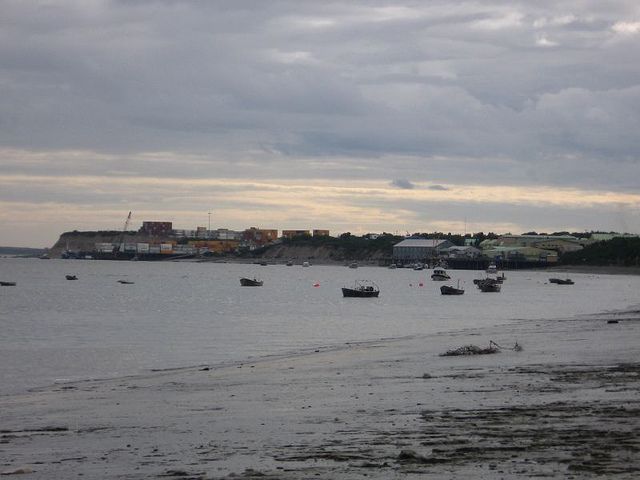
Underneath picturesque Bristol Bay in Southwestern Alaska sit vast deposits of an estimated $300 billion worth of molybdenum, copper and gold. The waters of Bristol Bay hold the largest sockeye salmon fishery in the entire world, as well as huge populations of silver, chum, and king salmon. It is obvious that Bristol Bay is home to unbelievably valuable natural resources which could be used to create prosperity for Alaska as well as the rest of the country. Certainly, the area is delicate; a large number of local jobs rely on fisheries, and many of the residents rely on wild resources such as salmon, caribou and moose to survive. All this being said, you’d think the federal government and EPA would be interested in fostering cooperation between itself, industry, and the residents of Bristol Bay and the surrounding areas to take advantage of all this opportunity while protecting the local people and ecosystem, right? Well, not necessarily.
The Pebble Mine is a project proposed by the Pebble Partnership that would make use of the currently unutilized deposits of gold, copper and molybdenum in Bristol Bay. Before the project can start, however, Pebble Partnership will have to spend a lot of time and money acquiring permits, which is where the EPA comes into the story. Normally, when a mining project is proposed, the company who plans to do the mining applies to the Army Corps of Engineers for a permit that certifies the project complies with section 404 of the Clean Water Act. Assuming the Corps of Engineers grants the permit, the EPA then has the authority to veto it if they deem the project to be too great a risk to the environment, or, more recently, too great a risk to the EPA’s increasingly partisan politics.
And it looks like Pebble Mine’s permit might be well upon its way to being denied before it’s even applied for. The EPA has already begun to propose drastic restrictions on how the land can be used. Technically this is not a preemptive strike, but it certainly looks like one in effect. The restrictions are based on a precarious report that made a number of false assumptions about the Pebble Mine. The House Oversight Committee even has reason to believe that Philip North, a former EPA employee, had already been making plans with colleagues in 2009 to deny Pebble Partnership a permit before they even applied for it, and even before the research on the mine’s potential impacts had begun. This is currently being investigated, but Philip North has not been reached for comment, citing a number of excuses, such as a one-year boat trip around the world with his children. When subpoenaed for North’s emails, the regional EPA office conveniently claimed that they’d been lost in a hard drive crash. Sound familiar? (http://thehill.com/policy/energy-environment/210564-epa-says-hard-drive-crashed-emails-lost )
Speaking about the potential mining project, EPA Region 10 Administrator Dennis McLerran said, “The science is clear that mining the Pebble deposit would cause irreversible damage to one of the world’s last intact salmon ecosystems.” That doesn’t sound like someone who wants to have an objective discussion. It also presumes that there’s nothing the Pebble Partnership can do to sway the agency, even though they are yet to submit their permit application.
Pebble Mine has potential to be a great benefit to local Alaskan communities, particularly the native population. Maybe the mine would work in harmony with the locals and wildlife, and improve the lives of thousands of Americans. Maybe the mine really would be too great a risk to the environment, and should be abandoned. Either way, we all knew when our parents said things like “You can’t because I said so, and that’s the end of this conversation!”, it was often because they knew their arguments wouldn’t stand up to even a child’s scrutiny. So when the EPA essentially does the same thing to a mining company, it leaves us all to wonder. Why are they so afraid of a little discussion?

